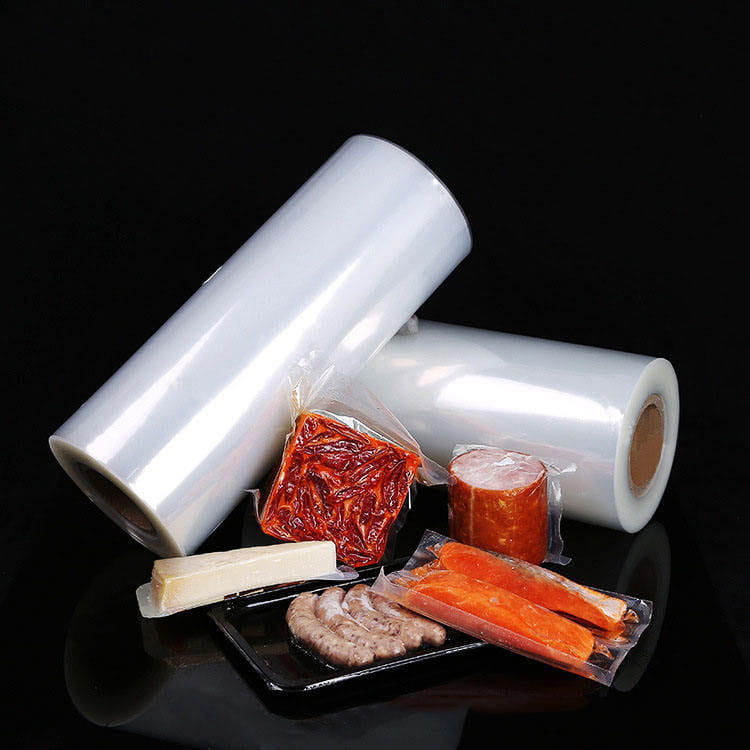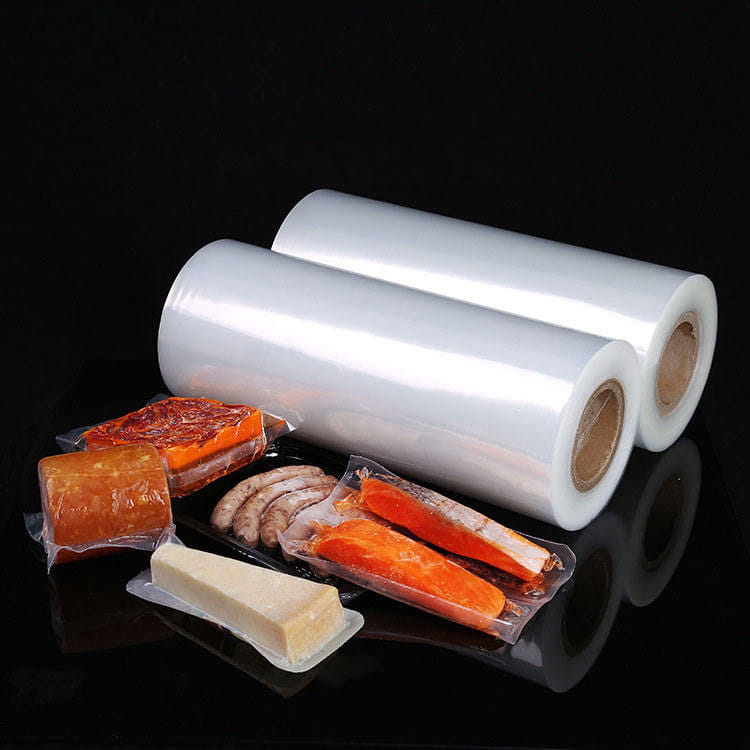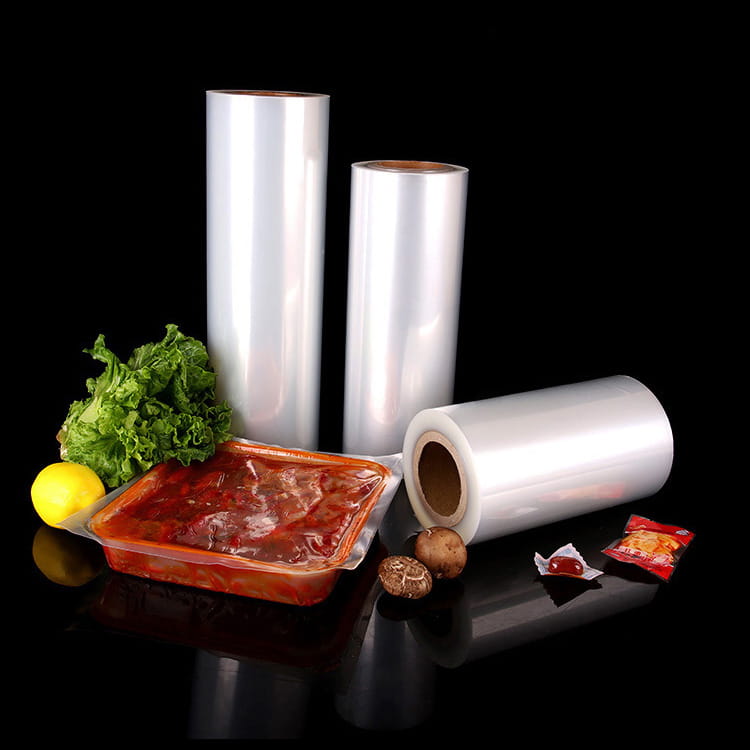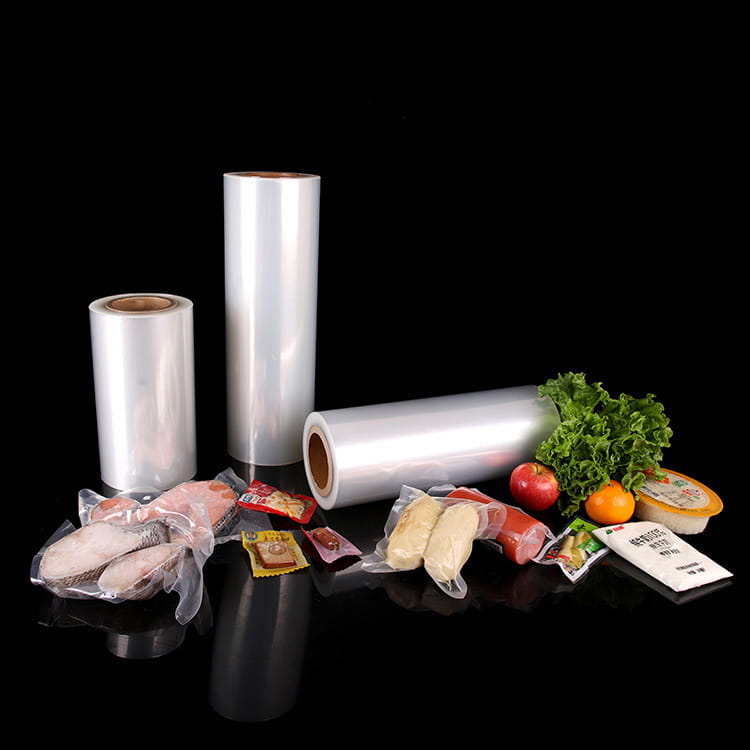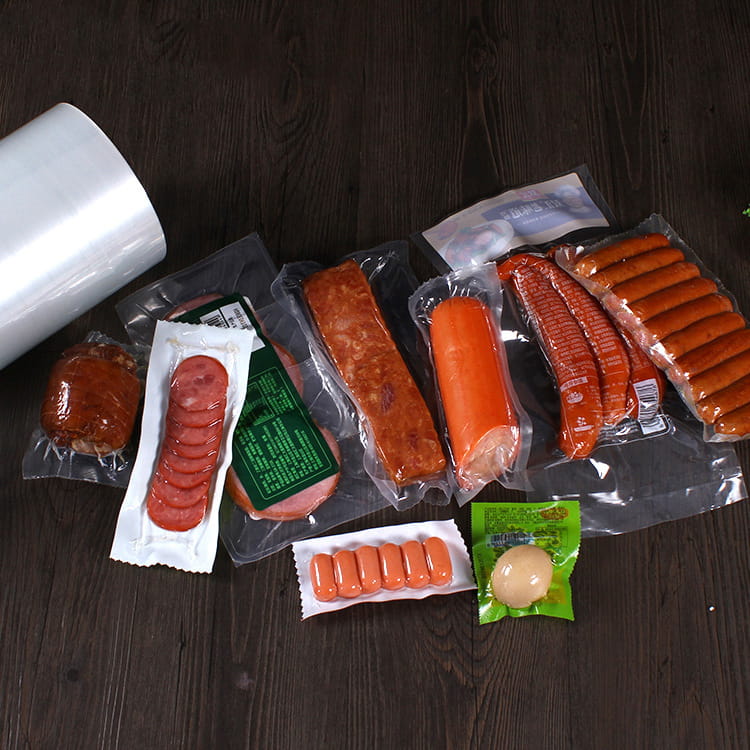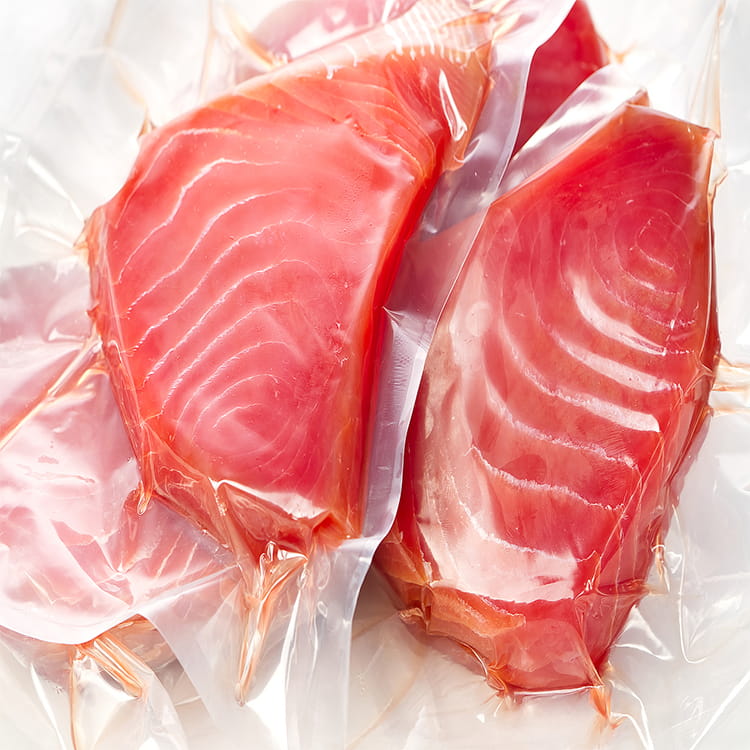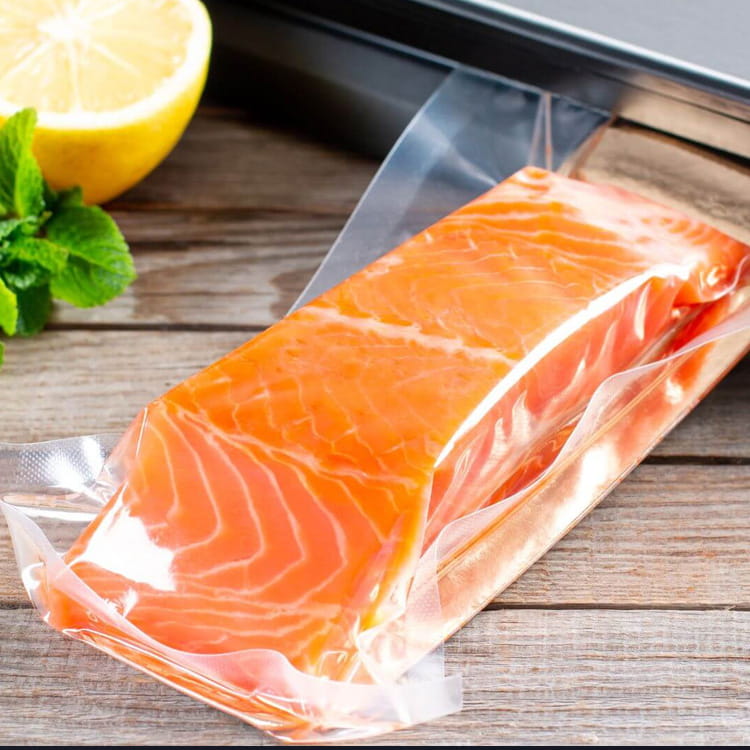The 5-layer co-extruded high barrier film is a critical innovation in flexible packaging, offering superior protection against moisture, oxygen, and other external factors. Its performance largely depends on the materials selected for each layer, which work synergistically to enhance durability, sealability, and barrier properties.
Structure and Function of 5-Layer Co-extruded High Barrier Film
A typical 5-layer co-extruded high barrier film consists of multiple polymer layers, each serving a distinct purpose. The outer layers often provide mechanical strength and printability, while the inner layers focus on barrier properties and heat sealing. The core layer usually acts as the primary barrier against gases and moisture. This multi-layer structure allows manufacturers to optimize material properties without relying on a single polymer, making it more cost-effective and functional than monolayer films.
Common Materials Used in Each Layer
The selection of materials depends on the intended application, but some polymers are widely used due to their proven performance. Below is a breakdown of the most common materials in each layer:
1. Outer Layers (Protective and Printing Layers)
- Polyethylene (PE): Low-density polyethylene (LDPE) and linear low-density polyethylene (LLDPE) are common due to their flexibility, toughness, and ease of processing.
- Polypropylene (PP): Offers better stiffness and heat resistance, often used where structural integrity is crucial.
- Polyester (PET): Provides excellent printability and scratch resistance, making it ideal for high-quality packaging graphics.
2. Tie Layers (Adhesive Layers)
- Ethylene vinyl acetate (EVA): Enhances interlayer adhesion, especially when bonding dissimilar materials.
- Maleic anhydride-modified polymers: Improve compatibility between polar and non-polar layers.
3. Core Barrier Layer
- Ethylene vinyl alcohol (EVOH): The gold standard for oxygen barrier properties, though it requires protection from moisture.
- Polyamide (PA, Nylon): Provides strong mechanical properties and moderate gas barriers.
- Polyvinylidene chloride (PVDC): An exceptional barrier to both oxygen and moisture but faces environmental concerns.
- Metallized films (AlOx, SiOx coatings): Sometimes incorporated for ultra-high barrier performance.
4. Sealing Layer (Inner Layer)
- Polyethylene (PE): LLDPE is preferred for its strong heat-seal performance and puncture resistance.
- Ionomer resins (e.g., Surlyn): Used when superior seal strength and contamination resistance are needed.
Material Combinations and Performance Trade-offs
Different applications demand varying material combinations. For example:
- Food packaging: EVOH (barrier) + PE (seal) is common for oxygen-sensitive products.
- Medical packaging: PA + EVOH + PE offers a balance of strength and sterility.
- Industrial applications: PP-based structures may be chosen for chemical resistance.
A simplified comparison of key materials:
| Material | Primary Function | Key Advantages | Limitations |
|---|---|---|---|
| EVOH | Oxygen barrier | Excellent O₂ blockage | Loses effectiveness in high humidity |
| PA (Nylon) | Mechanical strength | Toughness, puncture resistance | Moderate barrier properties |
| PVDC | O₂ & moisture barrier | Superior barrier performance | Environmental concerns |
| LLDPE | Sealing layer | Strong seals, flexibility | Limited barrier properties |
Factors Influencing Material Selection
Several considerations determine the optimal material combination:
- Barrier requirements: EVOH is ideal for oxygen-sensitive products, while metallized films may be needed for extended shelf life.
- Processing conditions: Some materials, like EVOH, require careful extrusion parameters to prevent degradation.
- Cost-effectiveness: PE and PP are economical, while EVOH and specialty polymers increase costs.
- Sustainability: Recyclability concerns are pushing demand for mono-material structures (e.g., all-PE films).
Emerging Trends and Alternatives
With growing environmental regulations, manufacturers are exploring:
- Bio-based polymers: PLA and PHA as partial substitutes for fossil-fuel-based layers.
- High-barrier nanocomposites: Clay or graphene-enhanced films for thinner, stronger barriers.
- Mono-material designs: All-PE or all-PP structures to improve recyclability.
The 5-layer co-extruded high barrier film leverages a carefully selected combination of polymers to achieve optimal performance. From the oxygen-blocking EVOH core to the heat-sealing PE inner layer, each material plays a critical role. As sustainability and performance demands evolve, new material innovations will continue to shape the future of multi-layer high barrier films.


 English
English عربى
عربى



